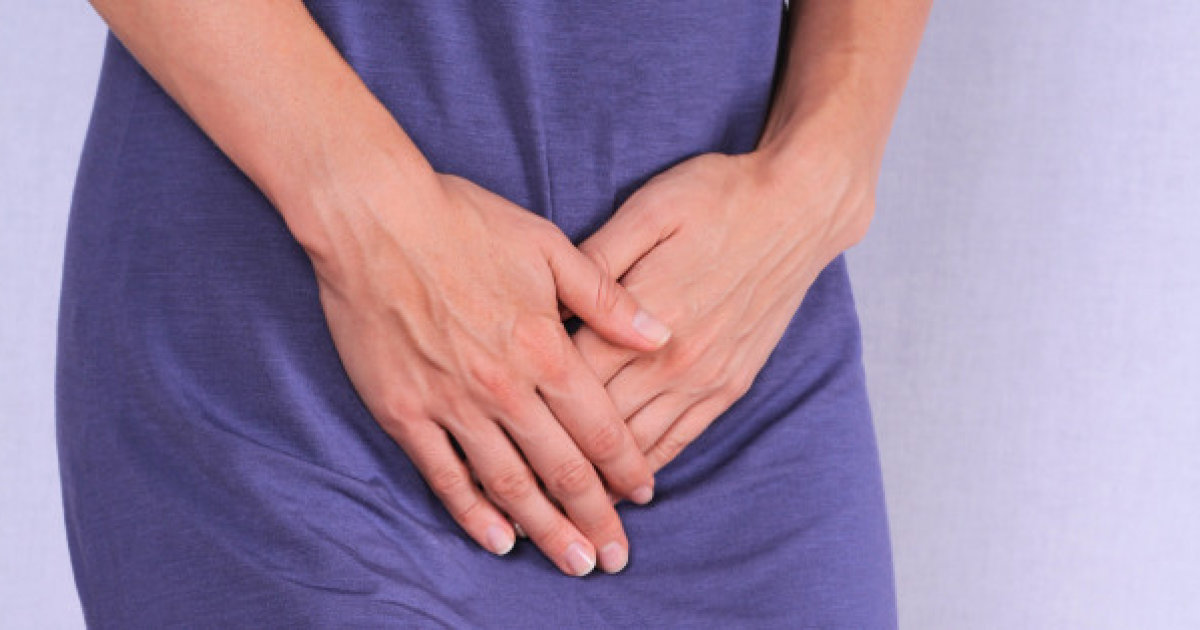Symptoms And Diagnosis Of Interstitial Cystitis
Interstitial cystitis is a condition otherwise known as painful bladder syndrome. This chronic issue causes pelvic pain, bladder pain, and bladder pressure. Pain can range from severe to minor discomfort. Internal cystitis occurs when the body mixes up the signals indicating it's time for urination. The disease is most likely to affect women. It doesn't have a cure, but can be treated through therapies and medications. Symptoms can also become more severe in response to triggers like long periods of sitting, exercising, menstruating, experiencing stress, or engaging in sexual activity.
Get to know the key symptoms of interstitial cystitis and how doctors diagnose it now.
Chronic Pelvic Pain

Chronic pelvic pain is one of the classic signs of interstitial cystitis. In women, the pain can also be located between the anus and vagina. In men, it's common to experience pain between the scrotum and anus. This symptom may be similar to the pain experienced due to a chronic urinary tract infection (UTI). The difference between a urinary tract infection and interstitial cystitis is interstitial cystitis does not involve an infection. With that said, a patient may experience worsening symptoms if they do get a urinary tract infection. No matter whether the cause is interstitial cystitis or a UTI, it's important for individuals to see a doctor if they find themselves experiencing urinary urgency or chronic bladder pain.
Get to know more interstitial cystitis symptoms now.